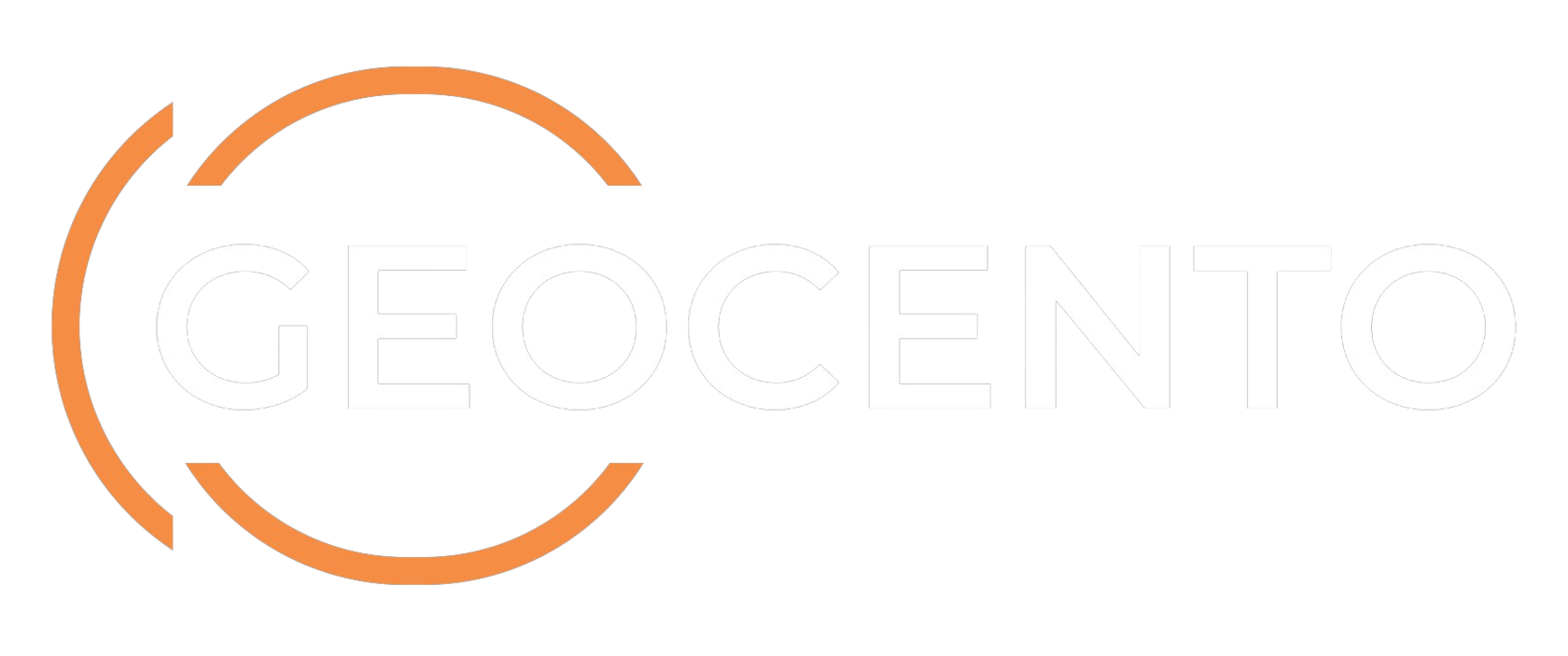How satellite imagery is used for conservation
CASE STUDY

With the rise of high resolution satellites, it is becoming increasingly possible to use remote sensing in the field of conservation. High resolution imagery can be used to track deforestation, habitat change, illegal activities, and wildlife population change.
Satellite imagery is now being collected frequently, globally, and at high resolution, with many companies offering access to free data. High image frequency allows population monitoring and rapid detection of habitat change. For example, NASA launched GEDI (the Global Ecosystem Dynamics Investigation), which uses LIDAR, enabling scientists to monitor the height and structure of forests globally. This can be used to map deforestation and regrowth in the context of habitat change.
Imagery can further be applied for long term monitoring and making targets identifiable, such as those set out by the Convention on Biological Diversity. Freely available imagery could also relieve some of the pressure on budgets by replacing in-situ surveying.
Gray seal conservation in Cape Cod
Gray seals in Cape Cod, MA, are currently being monitored through high resolution satellite imagery, a much faster and more effective method than traditional field sampling methods. Imagery can also replace using airplanes, although drones can be used to identify seal pups, whose white coats are hard to spot via satellite imagery but can easily be seen with thermal imaging. Researchers have counted the gray seal population to now be as high as 50,000, as opposed to their previous estimate of 15,000 without remote sensing technology.
Why is remote sensing not widely used in conservation?
Despite the opportunities offered by imagery in the field of conservation, many conservationists are not using the technology. This is down to differences and lack of communication between remote sensors and biologists, who traditionally work in the field. Where remote sensors are concerned with land cover, biologists are concerned with ecosystems. There is also a lack of knowledge as to how to access and use imagery in the conservation field, and often a lack of funding available to hire remote sensing experts.
Satellite imagery is now being collected frequently, globally, and at high resolution, with many companies offering access to free data. High image frequency allows population monitoring and rapid detection of habitat change. For example, NASA launched GEDI (the Global Ecosystem Dynamics Investigation), which uses LIDAR, enabling scientists to monitor the height and structure of forests globally. This can be used to map deforestation and regrowth in the context of habitat change.
Imagery can further be applied for long term monitoring and making targets identifiable, such as those set out by the Convention on Biological Diversity. Freely available imagery could also relieve some of the pressure on budgets by replacing in-situ surveying.
Gray seal conservation in Cape Cod
Gray seals in Cape Cod, MA, are currently being monitored through high resolution satellite imagery, a much faster and more effective method than traditional field sampling methods. Imagery can also replace using airplanes, although drones can be used to identify seal pups, whose white coats are hard to spot via satellite imagery but can easily be seen with thermal imaging. Researchers have counted the gray seal population to now be as high as 50,000, as opposed to their previous estimate of 15,000 without remote sensing technology.
Why is remote sensing not widely used in conservation?
Despite the opportunities offered by imagery in the field of conservation, many conservationists are not using the technology. This is down to differences and lack of communication between remote sensors and biologists, who traditionally work in the field. Where remote sensors are concerned with land cover, biologists are concerned with ecosystems. There is also a lack of knowledge as to how to access and use imagery in the conservation field, and often a lack of funding available to hire remote sensing experts.

Continue reading
As a partner of the Satellite Applications Catapult led EASOS project Geocento was involved in forest protection initiatives in Malaysia where illegal logging is known to take place...
Critical habitat protection for wildlife with EarthImages
The African Wildlife Foundation uses the Geocento EarthImages platform to access high-resolution imagery for land use assessment in relation to the viability of critical wildlife corridors...
Having used satellite imagery for the last 20 years, Jimmy Wilson, a forester at ECKY Surveys in Scotland, wanted to explore how Geocento could assist him with his most recent project...
As a partner of the Satellite Applications Catapult led EASOS project Geocento was involved in forest protection initiatives in Malaysia where illegal logging is known to take place...
The African Wildlife Foundation uses the Geocento EarthImages platform to access high-resolution imagery for land use assessment in relation to the viability of critical wildlife corridors...

